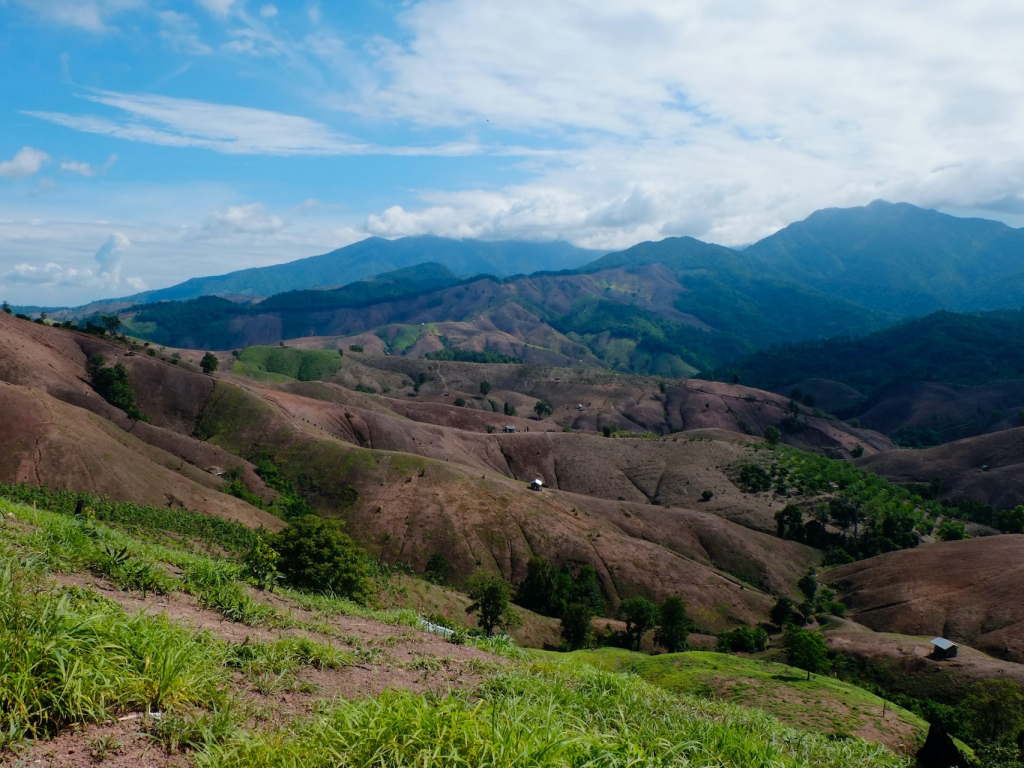Disentangling the numbers behind agriculture-driven tropical deforestation

Pendrill, F., et al. 2022
A recent study in Science, Disentangling the numbers behind agriculture-driven tropical deforestation, tropical deforestation from 2011 to 2015 was investigated, and it was found that 90-99% of all deforestation was driven directly or indirectly by agriculture, yet only 45-65% was converted into productive agricultural land.
Although different land uses and commodities can interact to drive deforestation, it was found that pasture expansion forms the most important driver, accounting for around half of the deforestation resulting in agricultural production across the tropics. Oil palm and soy cultivation accounted for at least a fifth, while 6 crops—rubber, cocoa, coffee, rice, maize, and cassava – while regionally variable and with higher uncertainty, were found to likely account for most of the remainder.
The study has also enabled a more precise estimate of how much forest has been converted to agricultural land across the tropics, with a range of 6.4 to 8.8 million hectares per year. The remaining uncertainty in such estimates are a result of only partial expansion of active agricultural production on the deforested land, with forests and other ecosystems also cleared for abandoned land speculation and projects, land unsuitable for cultivation, and fires that damaged the remaining forests that neighboured cleared areas.
Data availability and trends were found to vary across regions, suggesting complex links between agriculture and forest loss, with important implications for policy efforts to understand and address these factors, such as supply chain measures to reduce forest loss, and rural development policy in producer countries. To ensure effective NbS, interventions need to work in support & partnership with producers, consumer markets and governments, so that supply chain and demand-side measures also address the substantial indirect forest loss resulting from agriculture-driven deforestation.
Read more in the full Science paper, Disentangling the numbers behind agriculture-driven tropical deforestation.




